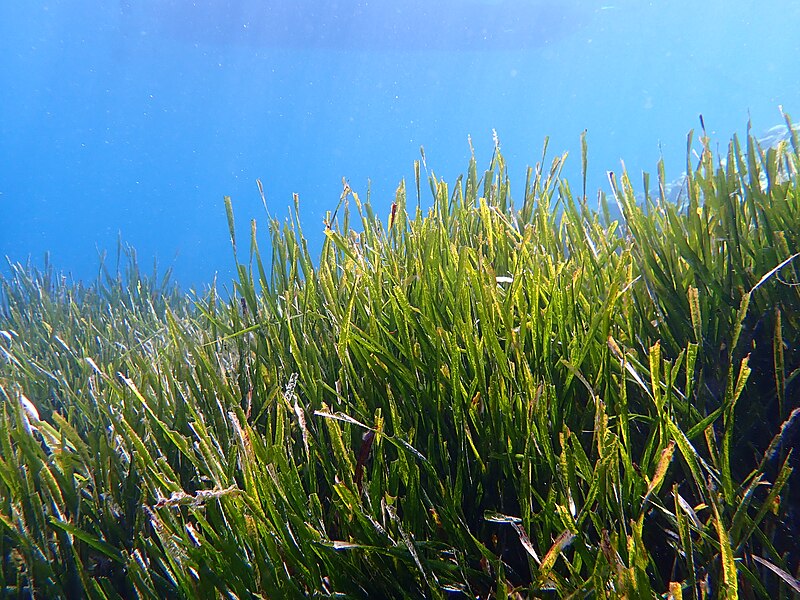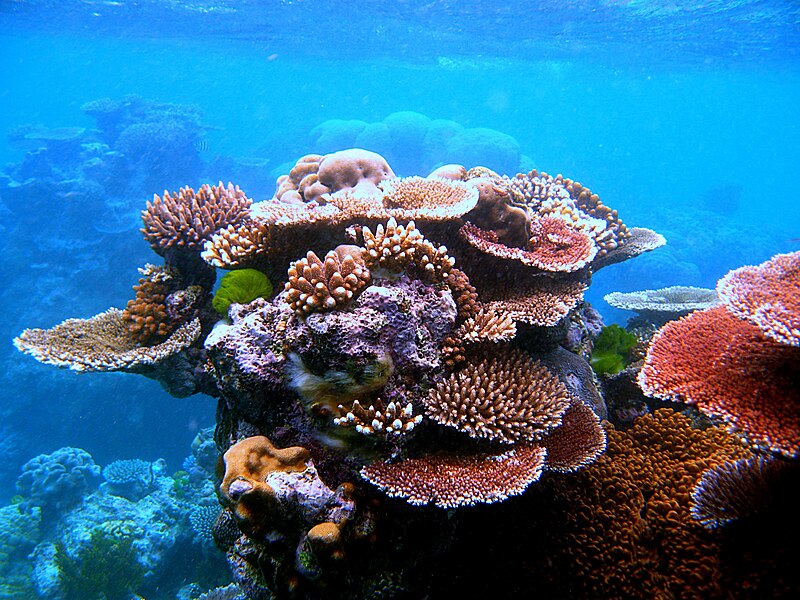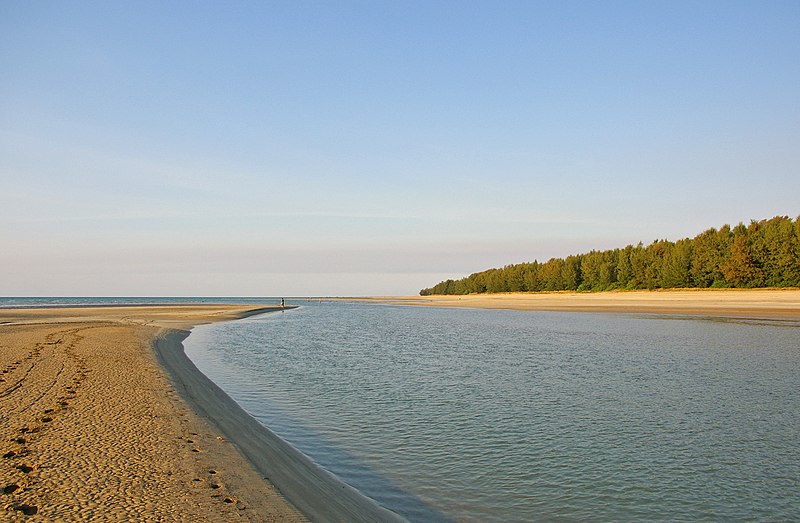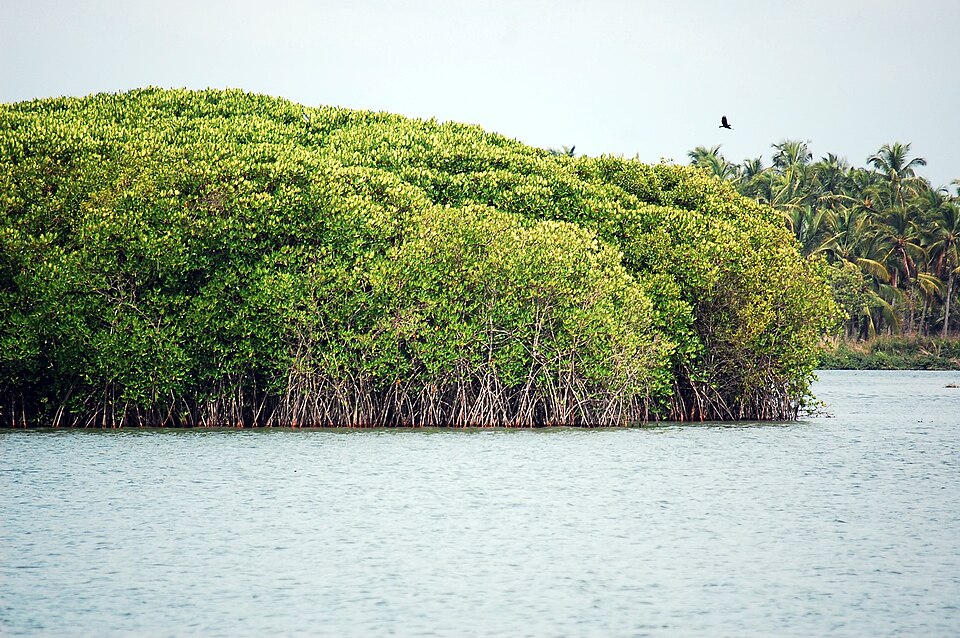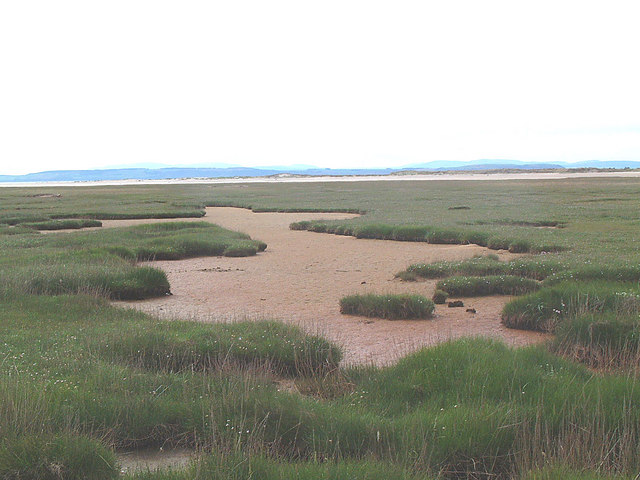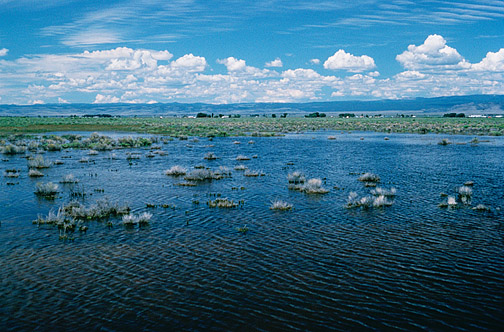General Studies 3
Biodiversity: Measurement Of Biodiversity
Species Richness This is the simplest and most common way to measure biodiversity. It simply counts the number of species present in a specific area or ecosystem. Species richness provides a basic understanding of biodiversity but doesn’t account for the … Continue reading
Biodiversity: Significance and Threats
Significance of Biodiversity Food Webs: Supporting complex food chains and webs that transfer energy and nutrients. Nutrient Cycling: Breaking down and recycling organic matter, ensuring essential nutrients are available for all organisms. Natural Pest Control: Predators keep prey populations in … Continue reading
Biodiversity: Definition and Levels
Definition Biodiversity, also known as biological diversity, refers to the variety of life on Earth at all its levels. It encompasses the rich tapestry of living organisms, from the tiniest bacteria to the tallest trees, and the intricate ecosystems they … Continue reading
Ecology: Seaweeds
What is it? “Seaweed” is the common name for countless species of marine plants and algae that grow in the ocean as well as in rivers, lakes, and other water bodies. They range in colours from red, green, brown and … Continue reading
Ecology: Seagrasses
What is it? Seagrasses are flowering plants that grow submerged in shallow marine waters like bays and lagoons. They are so-named because most species have long green, grass-like leaves. Seagrasses have roots, stems, and leaves and produce flowers and seeds. … Continue reading
Ecology: Corals
What is it? Corals are calcareous rocks, formed from the skeletons of minute sea animals, called polyps. The polyps extract calcium salts from seawater to form hard skeletons which protect their soft bodies. The corals live in colonies fastened to … Continue reading
Ecology: Estuary
What is it? An estuary is a coastal area where freshwater from rivers and streams meets and mixes with saltwater from the ocean. Types of Estuary Coastal Plain Estuaries: Formed by rising sea levels flooding river valleys, such as the … Continue reading
Ecology: Mangroves
What is it? Mangroves are small trees and shrubs which grow along the coastlines. These trees thrive in salty water and form unique forests on the edge of land and the sea. They also grow in swamps. Mangrove forests can … Continue reading
Ecology: Marshland
What is it? Marshlands are a type of wetland characterized by the presence of herbaceous (non-woody) plants such as grasses, reeds, sedges, and rushes. Unlike swamps, which are dominated by trees, marshes are open areas that are periodically or continuously … Continue reading
Ecology: Wetland
What is it? Wetlands are defined as: “lands transitional between terrestrial and aquatic ecosystems where the water table is usually at or near the surface or the land is covered by shallow water”. Types of Wetlands Marshes: Wetlands dominated by … Continue reading


